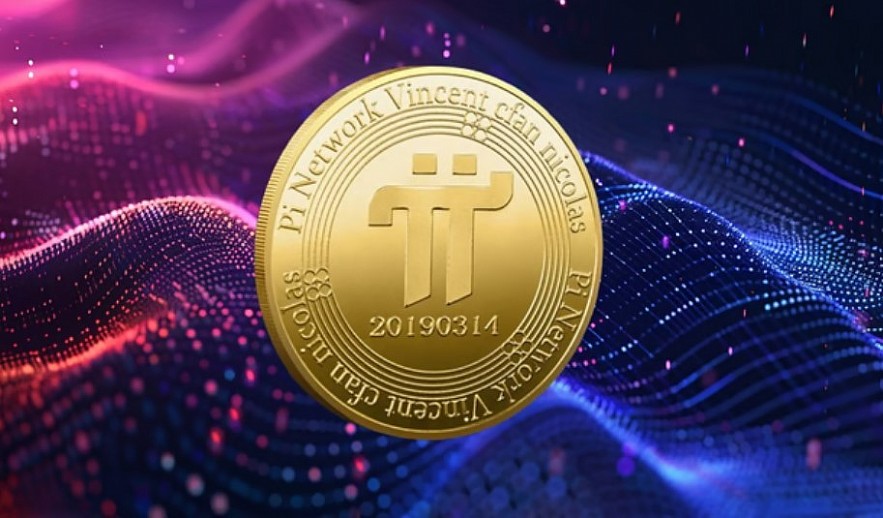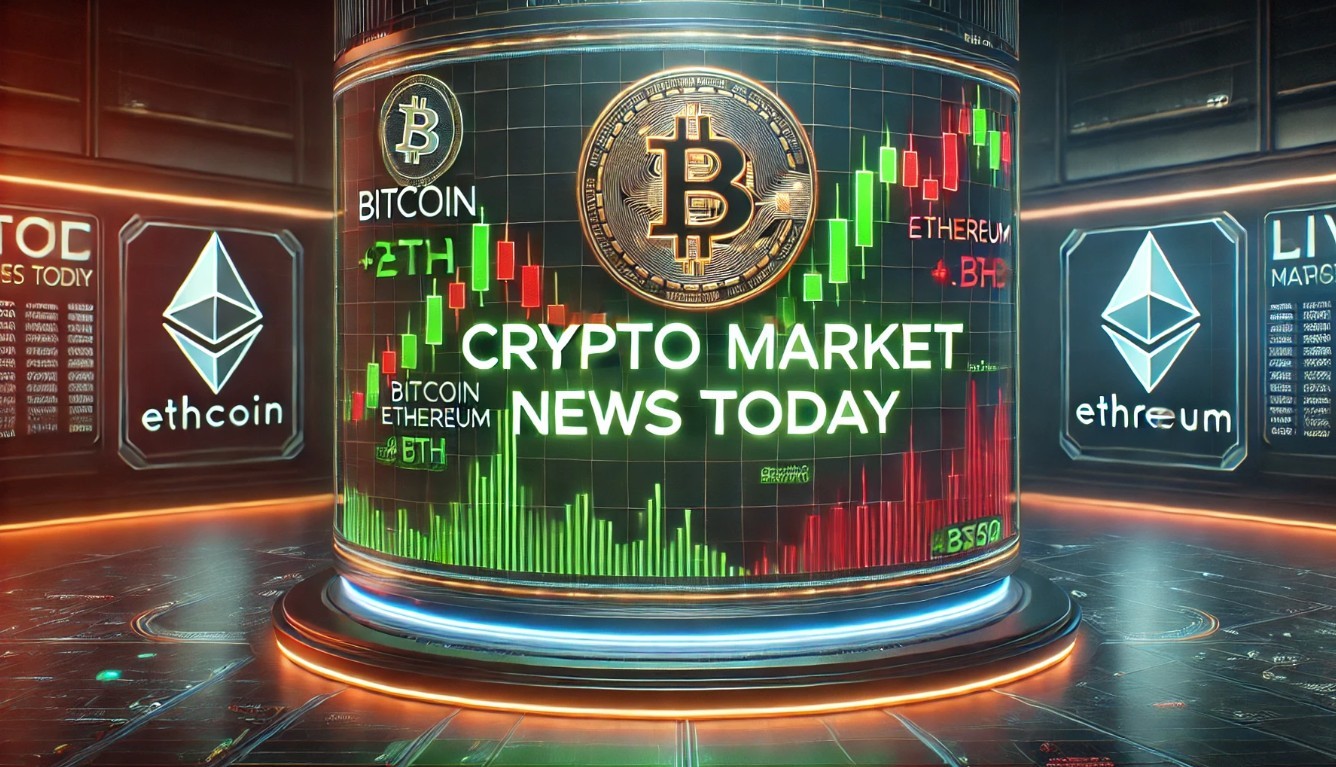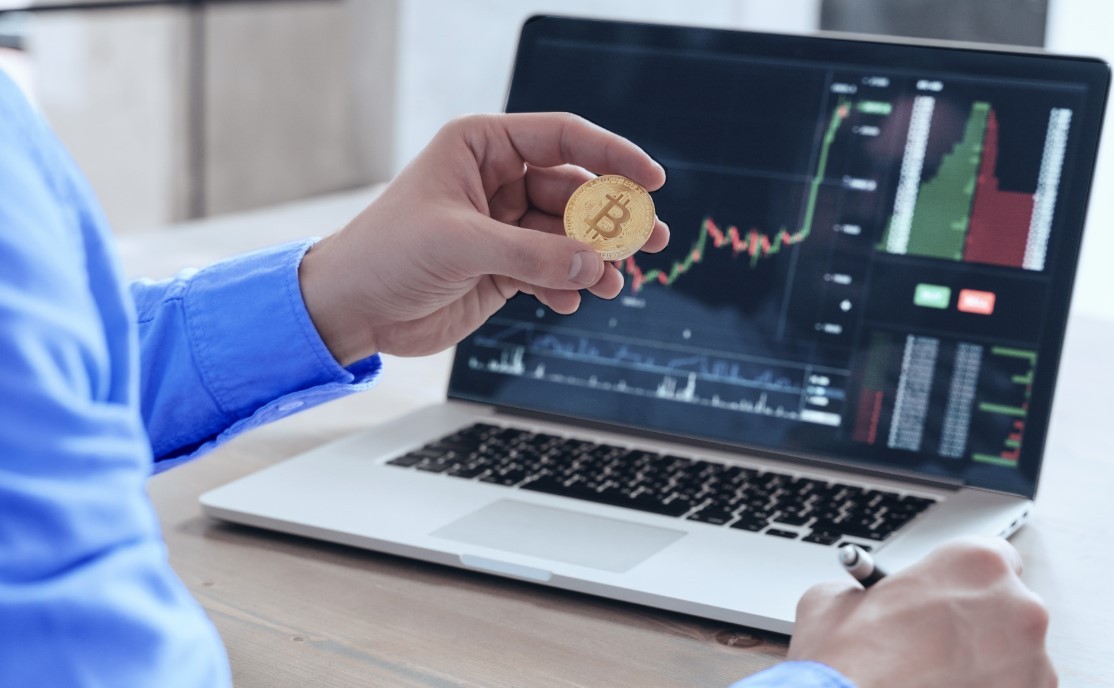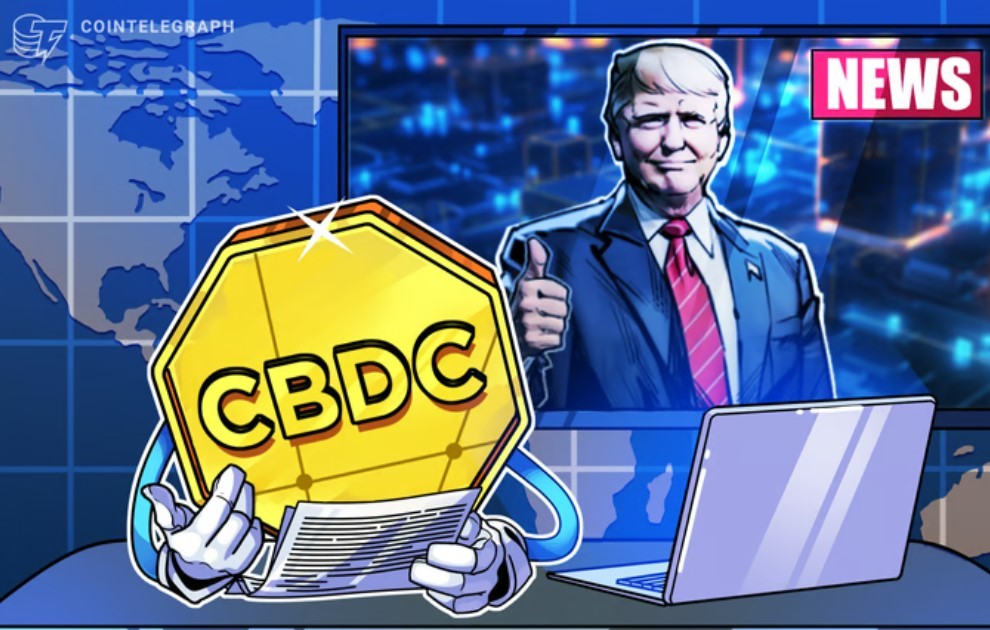Who are the Founders of Pi Coin? Management, Market Debut, and Trustworthiness
As the cryptocurrency landscape continues to evolve, questions surrounding Pi Coin’s origins, leadership, market debut, and trustworthiness have become more prominent. This article offers an in-depth look into Pi Coin’s history, the key figures behind its development, its journey to market, and an assessment of its reliability as a digital asset.
Learn more: What is Pi Coin? How to Trade? And More
Who Created Pi Coin Network? Dr. Nicolas Kokkalis and Dr. Chengdiao Fan
 |
| Founded by Stanford PhDs Nicolas Kokkalis and Chengdiao Fan, Pi Network aims to make cryptocurrency accessible through mobile mining |
Pi Coin was conceptualized by Dr. Nicolas Kokkalis and Dr. Chengdiao Fan, two distinguished scholars from Stanford University. Dr. Kokkalis, a Ph.D. holder in computer science, leads the technological development as Head of Technology. His expertise in distributed systems and blockchain technology is a cornerstone of Pi Network’s infrastructure. Complementing this expertise is Dr. Fan, Head of Product, who holds a Ph.D. in computational anthropology. Her deep understanding of social computing and human behavior has driven Pi Network’s community-centric approach.
The genesis of Pi Coin stemmed from a desire to make cryptocurrency mining accessible to everyday users. Unlike traditional cryptocurrencies that demand high-end, power-hungry mining equipment, Pi Coin enables users to mine coins using their smartphones. This pioneering approach not only lowers the barrier to entry but also offers an eco-friendly alternative in the cryptocurrency mining space.
Leadership and Management: Who Runs Pi Network?
The Pi Network is guided by the Pi Core Team, which is steered by Dr. Kokkalis and Dr. Fan. This team oversees everything from technological advancements to operational strategies and community engagement. While the core team sets the direction, Pi Network’s decentralized philosophy means that its community also plays a significant role in governance and network security. Early adopters, active participants, and node operators contribute to the network’s robustness, promoting a balanced and decentralized ownership structure.
Ownership in Pi Network extends beyond traditional corporate models. While the core team provides leadership, the decentralized nature of blockchain ensures that the network's value and governance are influenced by its global community of users.
 |
| Who Runs Pi Network |
The Market Debut: When Did Pi Coin Get Listed on Exchanges?
A major breakthrough for Pi Coin occurred on February 20, 2025, when it was officially listed on several leading cryptocurrency exchanges, including OKX, Bitget, Bitrue, HTX, and BitMart. This significant step allowed Pi Coin holders to trade their assets on open markets, injecting liquidity and offering a market-driven evaluation of Pi Coin’s value.
The transition to exchange listings was highly anticipated by the Pi Network community. Until this point, Pi Network operated within a closed mainnet phase, restricting coin transfers and external trading. The listing not only provided tangible value to users' mined coins but also marked a pivotal transition towards mainstream acceptance and utility.
Evaluating Trustworthiness: Is Pi Coin a Reliable Investment?
Assessing Pi Coin’s reliability requires considering both its achievements and inherent risks. The project boasts a user base exceeding 70 million as of early 2025, demonstrating strong community interest and engagement. The reputable academic backgrounds of its founders and the transparent development process lend credibility to the project.
However, potential investors should approach Pi Coin with the same caution applicable to all cryptocurrency investments. The market remains highly volatile, and while Pi Network has shown promise, its prolonged closed mainnet phase had previously sparked skepticism. With the recent exchange listing, market performance, regulatory developments, and the broader adoption of the Pi ecosystem will be critical indicators of its future success.
Conclusion: The Future of Pi Coin
Pi Coin has established itself as a pioneering force in the world of digital currency. With visionary leadership, a dedicated community, and innovative technology, Pi Network has reached an essential milestone by being listed on major exchanges. While it offers exciting opportunities, it is crucial for potential users and investors to remain informed, conduct due diligence, and adopt a strategic approach to risk management. As the cryptocurrency market continues to evolve, Pi Coin’s journey is one to watch closely, offering both opportunities and lessons in the ever-changing digital asset landscape.


























